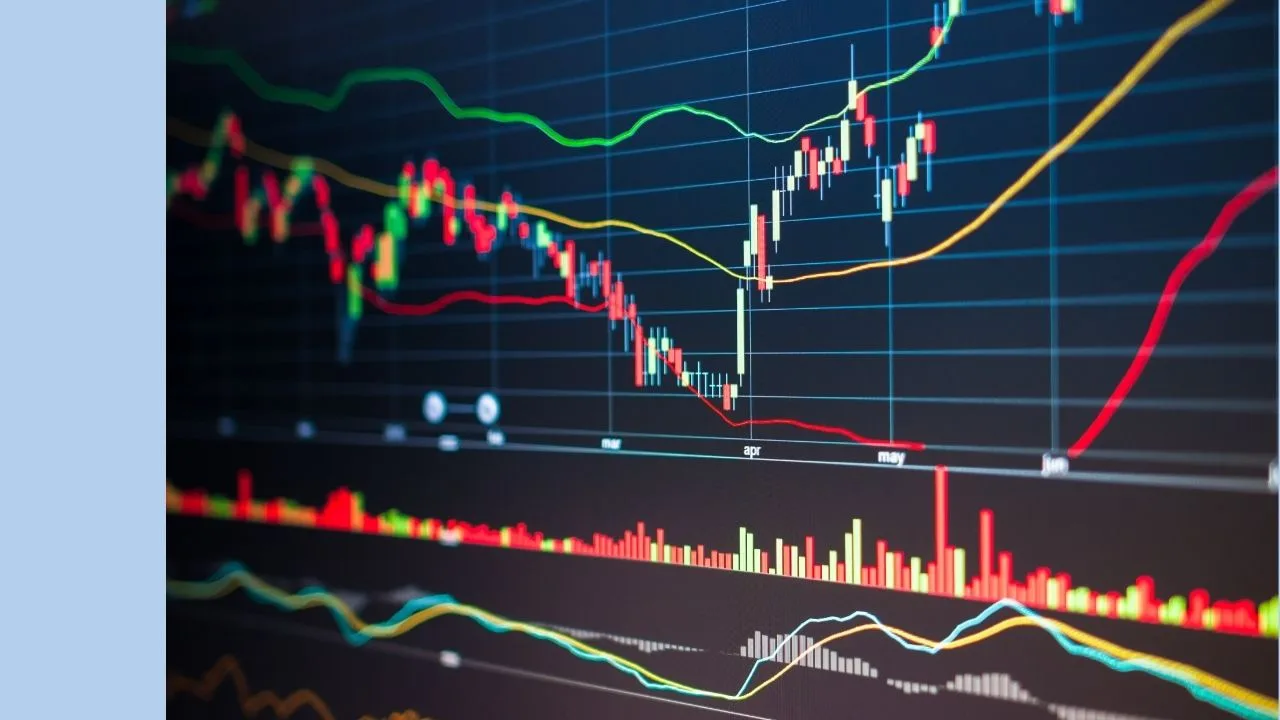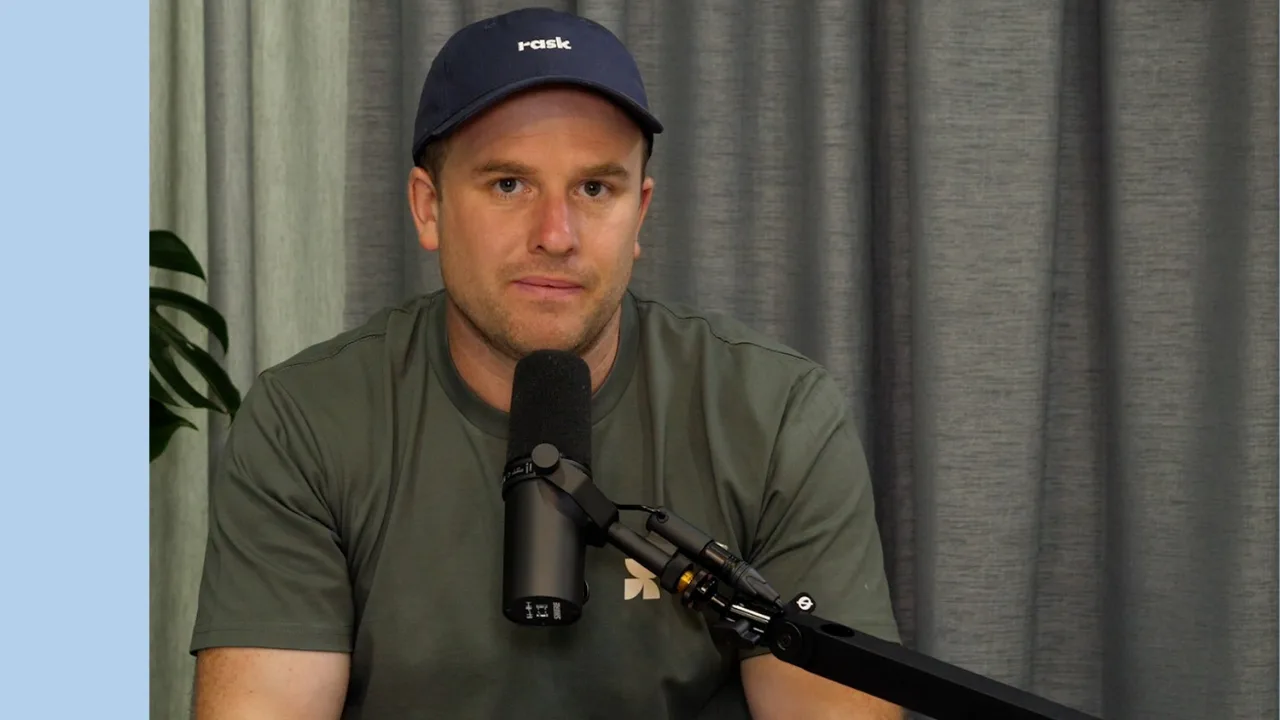Wow.
That’s about the only way to summarise the events of March 2020.
It will be remembered as the most volatile month in sharemarket history. Here are some simple numbers:
- Marsh saw 12 of the largest 20-point falls in the Dow Jones
- The largest single-day fall in history (-12%) and
- The largest intraday point swing of 1,904 points on Friday the 13th.
In fact, the Dow Jones experienced both a bear market, again the fastest in history, falling 20% in just 22 days, and a bull market, increasing 21% in just three days.
Closer to home, the S&P/ASX 200 (ASX: XJO) experienced its biggest one-day fall since 1987, off 9.5%, the fastest 30% fall and an intra-day swing of 14%!
Honestly, even working through the GFC we had never seen this before, waking up and heading into work was an unnatural feeling as COVID-19’s impact expanding globally.
COVID-19: an underappreciated risk
It’s clear that the virus was under-appreciated until the market peak on 20 February and now we must question whether it has truly been priced into markets given the volatility experienced and likely set to stay with us for some time.
How long will shutdowns apply?
How long will quarantine be in place?
How long will social distancing measures be required?
These are all important questions both as humans exposed to this virus but also as investors attempting to negotiate our way through a true unknown, unknown, as Donald Rumsfeld would have put it.
A global recession?
March saw some incredible things occur as markets reacted to the threat of a global recession, or at least recession across the major developed and developing economies who appeared woefully underprepared. There was the two-day breakdown in bond markets that occurred in the middle March, during which the yield on US Government Bond’s spiked as much as 30% in a single day, more volatile than equity markets. One of the more interesting flow-on effects was Vanguard’s announcement that they had increased the buy-sell spread on their bond funds from 0.15% to 1.79%, that’s almost a 2% fee to redeem your investment!
That’s not what you would expect from a low-cost fund manager.
Return of the active fund manager?
Leading on from this, March saw the return of the active manager with most funds tending to outperform amid precipitous falls in global sharemarkets. It was clear amid the carnage that a number of issues were exacerbating the sell down:
- low volatility index strategies
- algorithmic trading
- huge selling from pension funds and
- investors had been taking on too much risk for too long.
When times are good, like the last 10 years, active managers will naturally underperform their benchmark, but it is when times get tough that they tend to pay off, protecting your capital when most needed. There is an old saying about ‘getting what you pay for’
Our view is that a dollar saved is more valuable than a dollar gained.
After somehow avoiding the worst of the Royal Commission spotlight, the industry super fund sector has seen a blowtorch applied to their business model.
The issues were two-fold in March:
- The huge number of members seeking to switch investment options rose as market volatility increased. The issue? Most of the large Industry funds hold allocations of up to 30% in unlisted, illiquid assets that are rarely revalued. Meaning, the only way to fund investment switches was by selling down their most liquid assets, shares.
- The announcement of that the Government was loosening the $10,000 early access to superannuation placed further pressure on these illiquid structures. In some cases, the Super funds hold as little as 2% cash in their ‘balanced options’. The result? An overnight revaluation of unlisted assets by 7.5% — that’s right overnight.
The concern was so high that the chief lobbying group for the Industry Funds sector asked the RBA for a loan to bailout the impacted funds. Some of our views were published in the IFA during the month. All said and done, Australian Super fell over 11% for the quarter, and 15% from the high. We haven’t read about any pay cuts or job losses in this sector yet.
Bonds & Credit
Bond and credit markets were one of the lowlights and highlights of the period. With many Industry Funds relying on unlisted private credit to boost returns, it became clear the risks were higher than many appreciated. Investors in high yield or junk bonds saw losses in the realm of 20-30% in just a few days. In our view these securities now offer some value. We began to see some normalisation after the coordinated central bank policies around the world with 50 companies issuing over US$100bn in primarily BBB-rated bonds in March — another record.
Are we at peak infections?
As we enter what many are suggesting is the initial peak in Australian and US virus infections, the focus is increasingly moving to how we recover from this.
As usual, media and economic commentators are putting forward excessive statements, with as much as 11% unemployment and full-blown depression; our view is that this simply isn’t palatable for any Western Government and we are more likely to see a relaxation of shutdown measures combined with greater public testing. The initial impacts of a shutdown are clear with the 3.3 million new jobless claims in the US in the last week of March swamping the previous 695,000 weekly record.
On the positive side, it has become very clear that central banks and governments around the world have been far more prepared for the economic impacts of this crisis than the GFC. March saw coordinated stimulus efforts ranging from the US and Australian interest rate cuts to 0.25%, liquidity back-stops for the major banks in the form of low-cost funding and Quantitative Easing measures implemented in Australia for the first time.
The RBA and Federal Reserve will both be buying Government Bonds directly from financial institutions, along with residential mortgage-backed securities. In the case of the US, it spread into buying bonds directly from US companies. This is based solely on ensuring banks have enough capital to keep lending to business and people in need. Combined these with fiscal policy of ~10% of annual GDP in the US and Australia and it is likely enough to offset at least a few months of ‘hibernation’. It’s obvious that the Australian Government understands that spending $200 billion to keep people employed is better than spending 10 years trying to get them re-employed.
What now?
Market volatility tends to see markets clean out very quickly, with many of the excesses associated with a 10-year bull run quickly disappearing. We were therefore interested to see the announcements from Mayfair Platinum which sells itself as an alternative to term deposits, and which is marketed by the Switzer Group. In the same week, we received a marketing email about investing into Cannabis, from the same group, amid the most volatile period in market history. As the millennials say WTF?
Looking forward, reports suggest some 98% of major industrial companies in China have resumed operations in March, with nearly 90% of their workers back on the job. The Wall Street Journal also reported that the US is likely to see a peak in infections in the coming week; we can only hope.
[ls_content_block id=”18457″ para=”paragraphs”]








